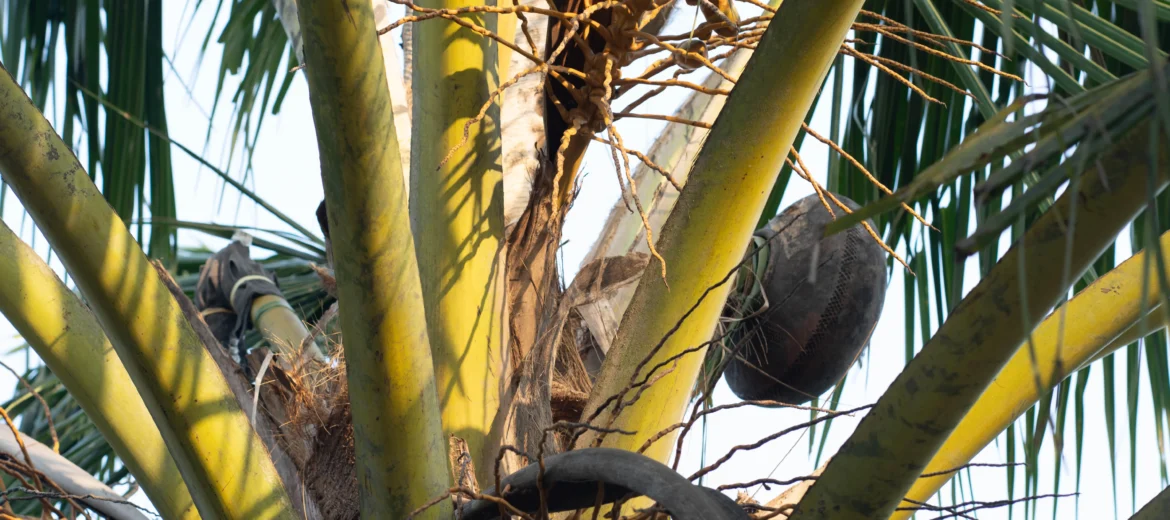Kumarakom: The Serene Backwater Retreat of Kerala
A Glimpse into Kumarakom’s Rich History
Kumarakom, nestled in the Kottayam district of Kerala, is a tranquil village renowned for its backwater tourism. Historically, it was part of the Vadakkancore kingdom and later came under the rule of the Travancore kings in the 18th century. The region’s transformation began in the 19th century when Englishman Alfred George Baker developed a portion of the Vembanad Lake into a rubber plantation. His efforts laid the foundation for Kumarakom’s emergence as a prominent tourist destination.
Kumarakom Nature
Situated on the banks of the Vembanad Lake, Kumarakom is a cluster of islands surrounded by lush greenery, mangrove forests, and paddy fields. The region is a haven for biodiversity, home to various species of flora and fauna. The Kumarakom Bird Sanctuary, spread over 14 acres, attracts migratory birds like Siberian cranes, herons, and egrets, making it a paradise for birdwatchers.
Best Time to Visit Kumarakom
Kumarakom experiences a tropical climate with moderate temperatures throughout the year. The best time to visit is between November and March when the weather is pleasant, with temperatures ranging from 22°C to 34°C. The monsoon season, from June to August, brings heavy rainfall, enhancing the region’s natural beauty but may not be ideal for backwater cruises.
Traditional Fishing Practices in Kumarakom
Fishing is an integral part of Kumarakom’s culture and economy. Traditional methods like Vellavali, used to catch Karimeen (Pearl Spot), require expertise in fishing and swimming. Another common technique is using bamboo traps, known locally as ‘koodu’, suitable for small canals and paddy fields. These practices not only sustain livelihoods but also offer unique experiences for tourists interested in local traditions.
Houseboats in Kumarakom
A visit to Kumarakom is incomplete without experiencing a stay in a houseboat. Originally used as grain barges, these traditional boats have been transformed into luxurious floating accommodations equipped with modern amenities like air-conditioned bedrooms, attached bathrooms, and kitchens. Tourists can choose from various packages, including day cruises and overnight stays, to explore the serene backwaters.
Attractions and Activities in Kumarakom
Kumarakom offers a plethora of attractions and activities for tourists:
Kumarakom Bird Sanctuary
A must-visit for nature enthusiasts and birdwatchers.
Pathiramanal Island
A small island on the Vembanad Lake, ideal for picnics and birdwatching.
Bay Island Driftwood Museum
Showcases a unique collection of driftwood sculptures.
Aruvikkuzhi Waterfalls
A picturesque waterfall located amidst rubber plantations.
Village Tours
Experience the local lifestyle, culture, and cuisine.
Ayurvedic Spas
Rejuvenate with traditional Ayurvedic treatments and massages.
How to Reach Kumarakom
Kumarakom is well-connected by air, rail, and road:
By Air: The nearest airport is Cochin International Airport, approximately 70 km away. Taxis and buses are available for the onward journey.
By Train: The closest railway station is Kottayam, about 16 km from Kumarakom, with regular train services from major cities.
By Road: Kumarakom is accessible via well-maintained roads, with frequent bus services from nearby towns and cities.
Must-Visit Places and Cultural Events in Kumarakom
Apart from the major attractions, Kumarakom hosts various cultural events and festivals:
Onam Festival: Celebrated with traditional boat races and cultural performances.
Local Temples: Visit ancient temples like the Ettumanoor Mahadeva Temple to witness traditional architecture and rituals.
Craft Museums: Explore local craftsmanship at the Kumarakom Craft Museum.
Kumarakom in Popular Culture
Kumarakom’s picturesque landscapes have inspired various artists and filmmakers. The region’s serene backwaters and lush greenery have been featured in several Malayalam films and literary works, highlighting its cultural significance and natural beauty.
Tourism Zone Development and Infrastructure
Recognized as a Special Tourism Zone, Kumarakom has seen significant infrastructure development to promote sustainable tourism. Initiatives include the construction of boat landing facilities, eco-friendly accommodations, and the promotion of responsible tourism practices to preserve the region’s ecological balance.
Awards and Honors
Kumarakom has received numerous accolades for its tourism initiatives:
- Best Agri-Tourism Village Award (2024): Recognized for promoting sustainable agricultural tourism.
- UNWTO Ulysses Award: For excellence in implementing responsible tourism practices.
Agricultural Activities in Kumarakom
Agriculture remains a vital part of Kumarakom’s economy. The region is known for:
- Rice Cultivation: Two main crops, Viruppu and Punja, are cultivated annually.
- Coconut Farming: Coconut trees line the backwaters, contributing to the local economy.
- Vegetable Farming: Crops like banana, mango, and various vegetables are grown.
- Integrated Farming: Practices like rice-fish-duck farming systems are prevalent.
Shell Mining
Shell mining, particularly of black clams (Villorita cyprinoides), is a traditional occupation in Kumarakom. Villagers, especially women, collect clams from the backwaters using traditional methods. While it supports local livelihoods, efforts are being made to ensure sustainable practices to protect the aquatic ecosystem.
Ayurveda in Kumarakom
Kumarakom is home to several Ayurvedic centers offering treatments like Abhyanga (oil massage) and Swedanam (herbal steam therapy). These therapies aim to balance the body and mind, providing holistic healing experiences for visitors.
Things to Do in Kumarakom
Beyond sightseeing, Kumarakom offers various activities:
Kayaking and Canoeing
Explore the narrow canals and enjoy the tranquility of the backwaters.
Fishing Tours
Participate in traditional fishing methods with local fishermen.
Cycling Tours
Ride through the scenic villages and paddy fields.
Cooking Classes
Learn to prepare traditional Kerala dishes.












